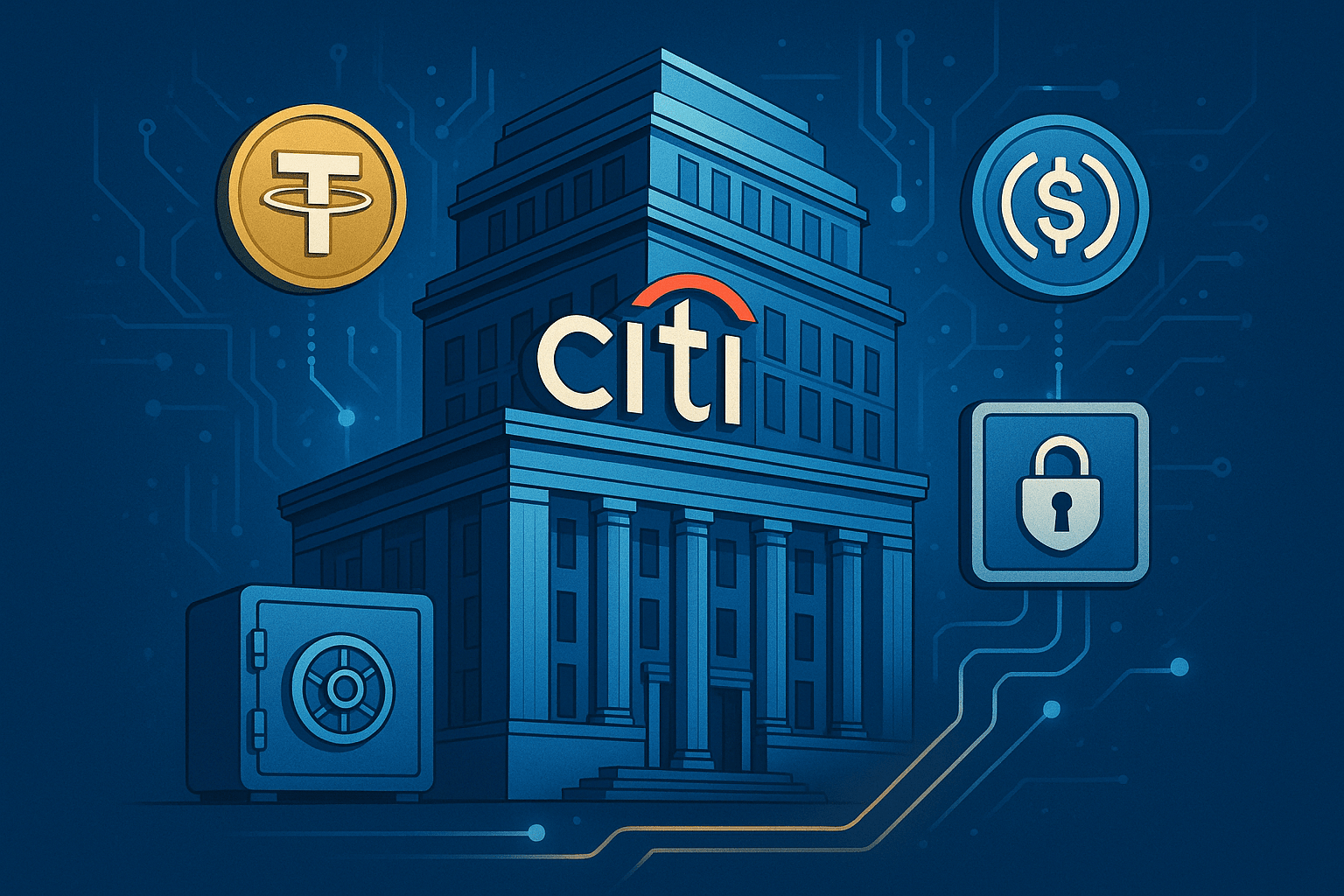
The financial giant Citigroup can no longer sit idly by and has officially announced its research into stablecoin custody services. Meanwhile, the Federal Reserve has also shown goodwill by terminating the "Novel Activity Supervision Program" that specifically regulated banks' digital asset activities, incorporating related functions into regular supervision. Together, these two signals mean that the door for traditional financial institutions to enter the cryptocurrency space has been opened.
Choosing stablecoins as an entry point is quite intentional. Compared to the highly volatile Bitcoin and Ethereum, stablecoins are price-stable and have relatively clear regulations, making them an ideal choice for traditional banks to test the waters in cryptocurrency business. The global stablecoin market has exceeded $150 billion and is growing rapidly, making this cake quite tempting. From a technical perspective, stablecoin custody is not much different from traditional fiat currency custody, mainly adding considerations from the blockchain technology layer, with relatively controllable risks.
The shift in regulatory attitude is by no means accidental. After years of development, the cryptocurrency market has relatively improved infrastructure and compliance frameworks. The new U.S. government's friendly attitude towards cryptocurrencies has also played a facilitating role. More importantly, there is international competitive pressure; financial institutions in Europe and Asia have already gained a first-mover advantage in the digital asset field, and the U.S. must act soon or risk falling behind.
Surprisingly, a survey by American banks shows that only 9% of global fund managers have allocated cryptocurrency, with 75% having never touched it. This number stands in stark contrast to the heated cryptocurrency market. There are reasons for the traditional institutions' conservatism: considerations of risk management, constraints of compliance requirements, and insufficient understanding of new concepts, among others. However, this conservative attitude is beginning to loosen; the success of Bitcoin ETFs has provided institutions with more convenient channels for investment.
Customer demand is also forcing banks to change. An increasing number of high-net-worth clients and institutional clients are demanding banks provide digital asset services. If banks continue to bury their heads in the sand, customers will turn to other institutions. In the context of sluggish growth in traditional banking business, the high growth potential of digital asset business holds significant strategic value.
Of course, there are plenty of challenges. Banks need to establish new risk management frameworks to cope with the high volatility and technological risks associated with digital assets. Talent availability is another issue, as traditional banks lack professionals skilled in blockchain and cryptocurrencies. Collaborating with crypto-native institutions may be a shortcut for rapid entry, and major banks like Citigroup are likely to adopt this model. Looking ahead, the integration of traditional finance and cryptocurrency will be a gradual process; Citigroup's actions are just the beginning, and more banks will follow suit, reshaping the landscape of the financial industry.



